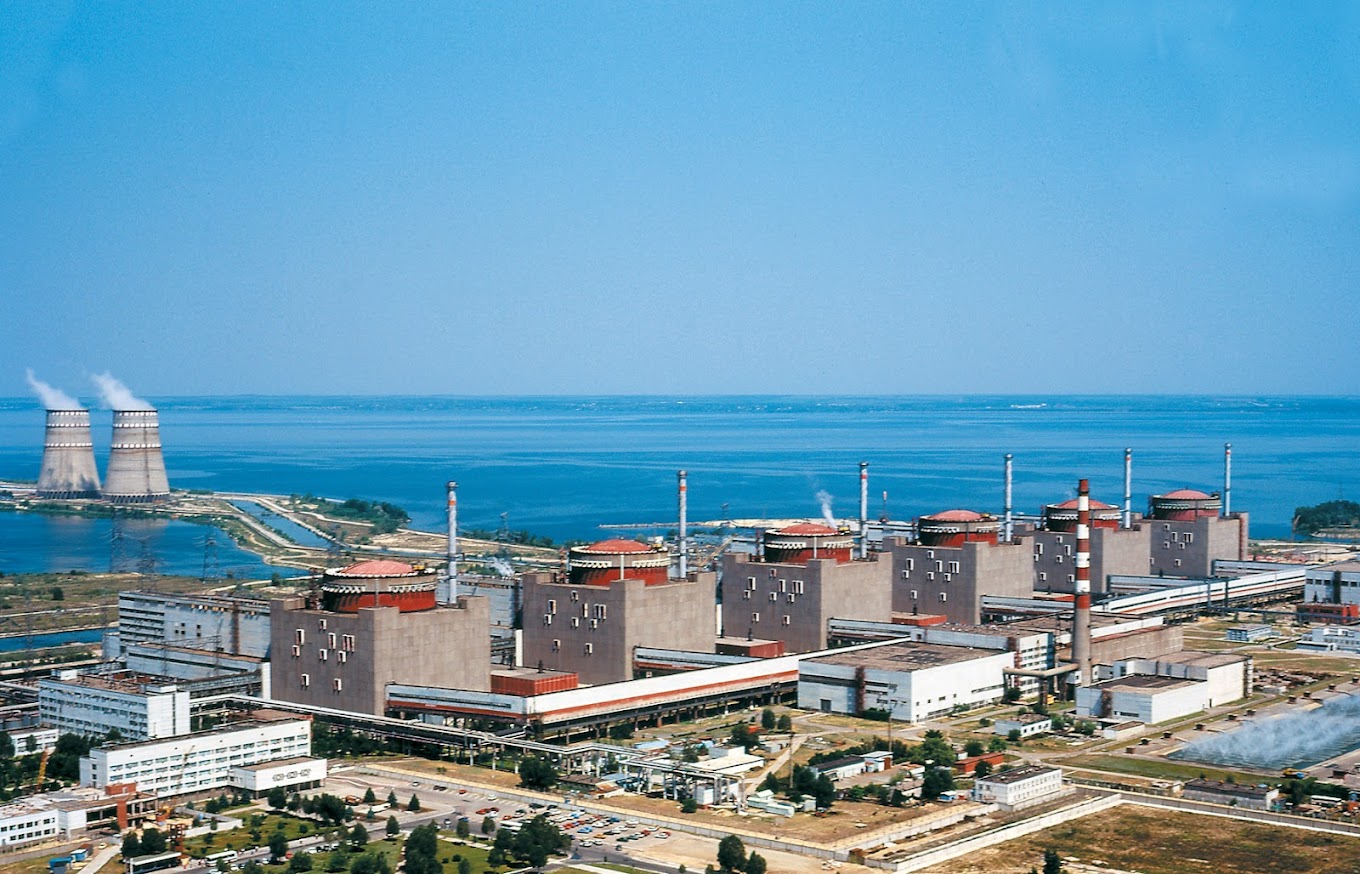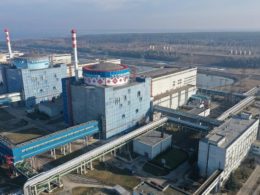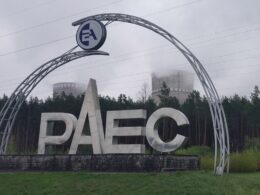The Russian-occupied Zaporizhzhia Nuclear Power Plant (ZNPP) has been disconnected from Ukraine’s power grid for six days. If the situation does not change, an accident with radiological consequences could occur, affecting not only Ukraine but the whole of Europe, says Ukrainian nuclear engineer Oleh Korykov.
The ZNPP has six power units with VVER-1000 reactors. Its total capacity of about 6,000 MW makes it the largest nuclear plant in Europe. It is enough to cover the annual electricity needs of countries like Ireland, Slovakia, or Finland.
How did Russia cut ZNPP off from Ukraine?
Before the occupation, ZNPP was part of Ukraine’s power system, supplying electricity and controlled by Ukrainian authorities. After seizing the plant, Russian forces began rerouting it to their own grid, building more than 200 km of new power lines to connect ZNPP to Russia’s energy system.
Ignoring IAEA principles
IAEA Director General Rafael Mariano Grossi has defined a reliable external power supply as one of the seven pillars of nuclear safety.
It is also among the five key principles meant to prevent an accident and ensure the ZNPP’s integrity.
However, Russia cynically ignores these requirements and resolutions of the IAEA Board of Governors, General Conference, and UN General Assembly, all of which call for the plant’s de-occupation and demilitarization.
Risks from backup power
The ZNPP safety systems are now powered by diesel generators.
“Ignoring nuclear and radiation safety requirements, shelling of power lines by Russian troops, damaging them, and obstructing Ukrainian specialists from restoring the lines — all of this could lead to a worst-case scenario,” warned Korykov.
The amount of diesel fuel left and the operating time of the generators remain unknown. The greatest concern is the cooling of spent nuclear fuel in reactors and storage pools. If fuel runs out, a large-scale nuclear accident could occur.





